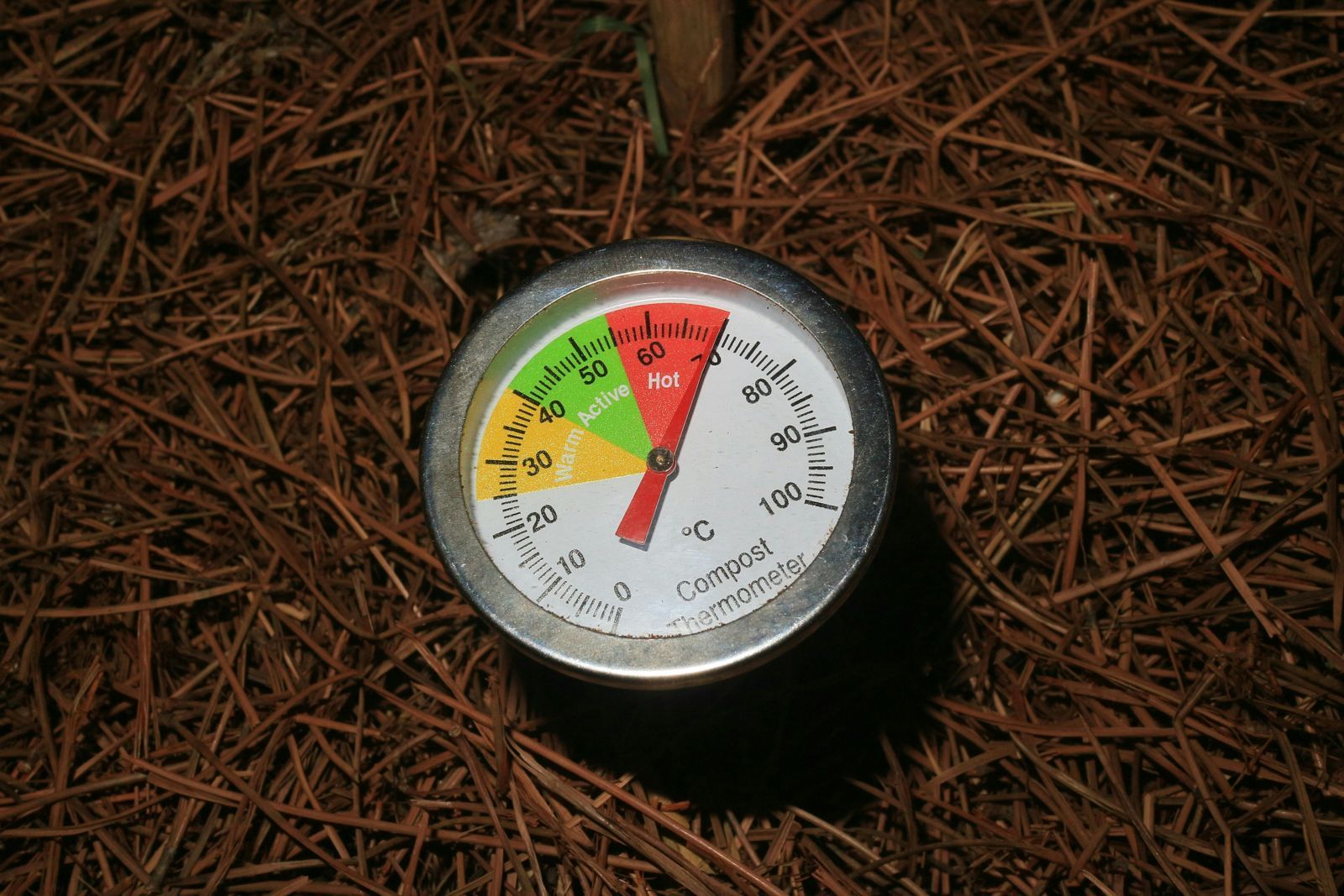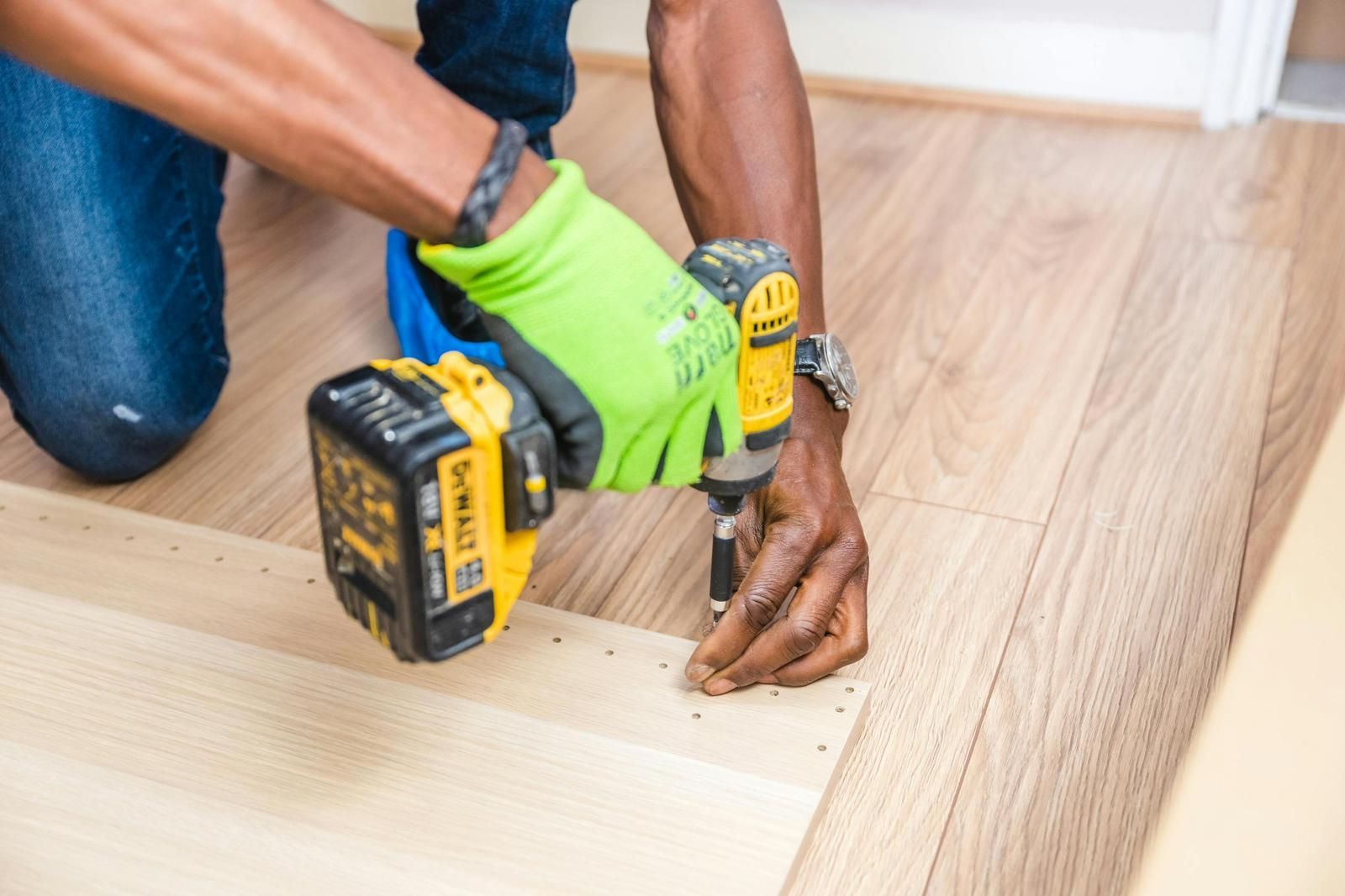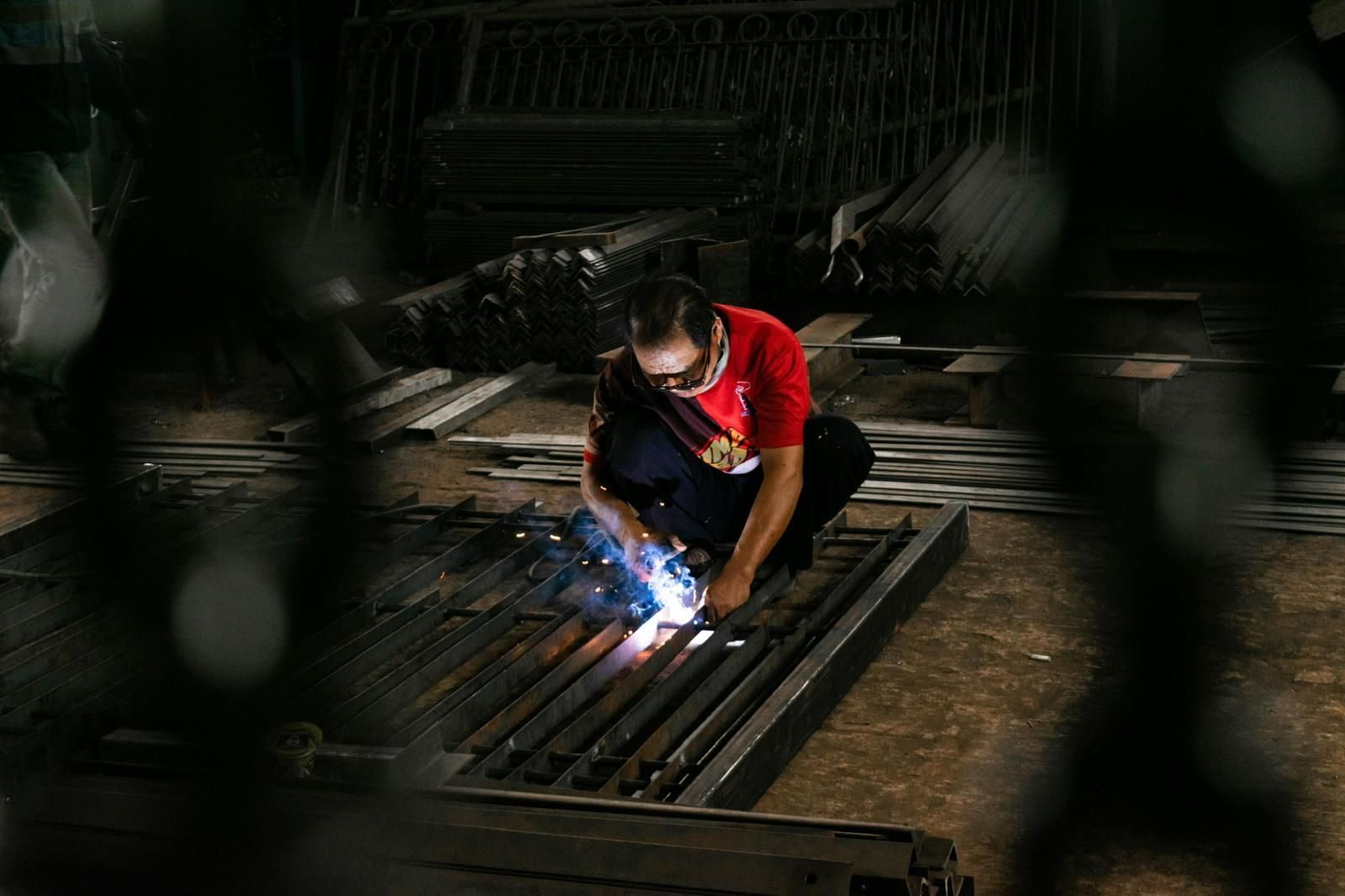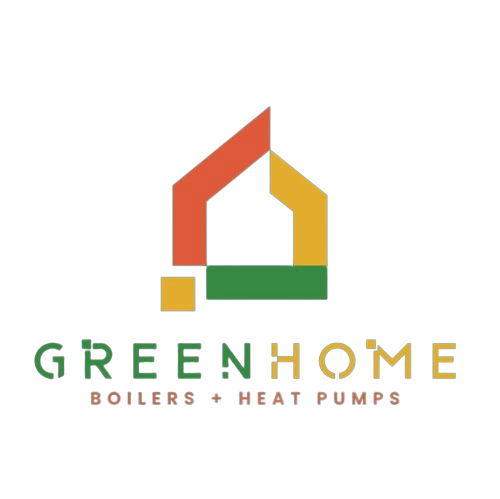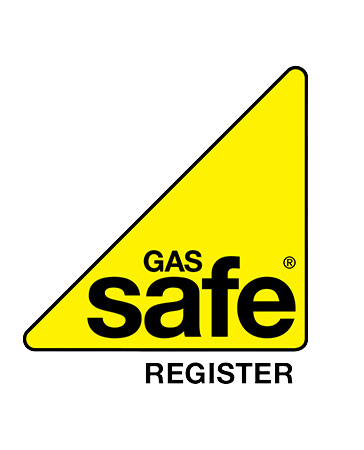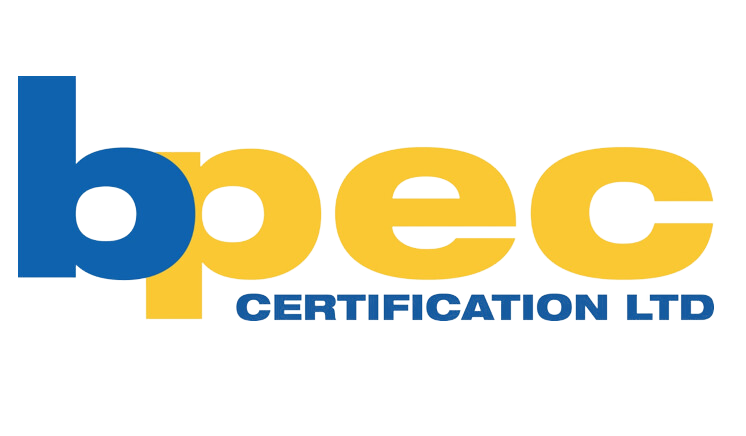Off the Grid, On the Comfort: Exploring Air Source Heat Pumps
Air source heat pumps (ASHPs) have gained popularity as an energy-efficient heating and cooling solution. For those pursuing off-grid living, these systems offer an attractive option to maintain comfort while minimising energy consumption. ASHPs extract heat from the outside air and transfer it indoors, providing warmth in winter and cooling in summer.
Energy Efficiency: A Key Advantage
One of the primary benefits of ASHPs in off-grid scenarios is their high efficiency. These systems can produce up to three times more heat energy than the electrical energy they consume. This efficiency is crucial when relying on limited power sources, such as solar panels or wind turbines, which are common in off-grid setups.
Integration with Renewable Energy Systems
ASHPs pair well with renewable energy sources. Heat pumps can effectively utilise the electricity generated on-site in off-grid homes powered by solar or wind. This synergy creates a sustainable heating and cooling solution that aligns perfectly with the principles of independent living.
Challenges in Extreme Climates
While ASHPs offer numerous advantages, they face limitations in extremely cold climates. Their efficiency decreases as outdoor temperatures drop, potentially requiring supplementary heating in harsh winter conditions. Off-grid dwellers in such areas may need hybrid systems or additional insulation to ensure year-round comfort.
Power Consumption Considerations
Despite their efficiency, ASHPs still require electricity to operate. In an off-grid setting; careful energy management is essential. Homeowners must ensure their power generation and storage systems can meet the heat pump's demands, especially during peak usage periods.
Maintenance and Durability
Regular maintenance is crucial for ASHPs, particularly in off-grid situations where professional help may not be readily available. However, these systems are generally durable and can operate reliably for many years with proper care, making them a viable long-term solution for off-grid living.
The Future of Off-Grid Heating and Cooling
As technology advances, we expect improvements in ASHP efficiency and their integration with off-grid power systems. These developments will likely expand the possibilities for comfortable, sustainable living in remote locations.
Air source heat pumps offer a promising solution for off-grid heating and cooling, combining efficiency with sustainability. While they present some challenges, particularly in extreme climates, their benefits make them a worthy consideration for those seeking energy independence and environmental responsibility in their off-grid adventures.
You might also like

